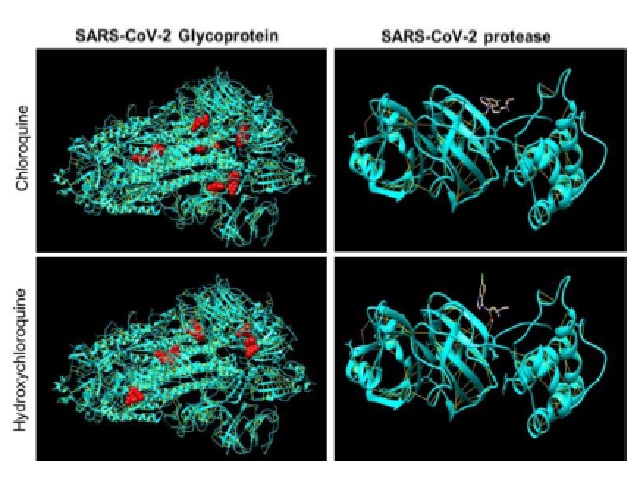Pharmacology of Chloroquine: Potential Mechanism of Action against Coronavirus
DOI:
https://doi.org/10.5530/bems.6.1.3Keywords:
Chloroquine, Hydroxychloroquine, Protease inhibitors, Coronavirus, Covid-19, Antiviral drugs, SARS-CoV-2, Viral entryAbstract
Background: Chloroquine and hydroxychloroquine are recently reported to be effective in treating SARS-CoV-2 illness. The pharmacological mechanisms of this clinical benefit are continued to be explored. Materials and Methods: Using molecular docking tools in this study the binding affinity of Chloroquine and hydroxychloroquine were tested against two key SARS-CoV-2 targets i.e., 1) surface glycoprotein (6VSB) involved in viral attachment and 2) main protease (6Y84) involved in viral replication. Results: Chloroquine and hydroxychloroquine showed very effective binding affinity against both the SARS-CoV-2 targets. While the binding affinity against main protease was higher, multiple binding sites were observed on the surface glycoprotein of SARS-CoV-2. Conclusion: Chloroquine and hydroxychloroquinehave the potential to prevent SARS-CoV-2 attachment, entry and replication by directly binding to SARS-CoV-2 surface glycoprotein and its main protease.










